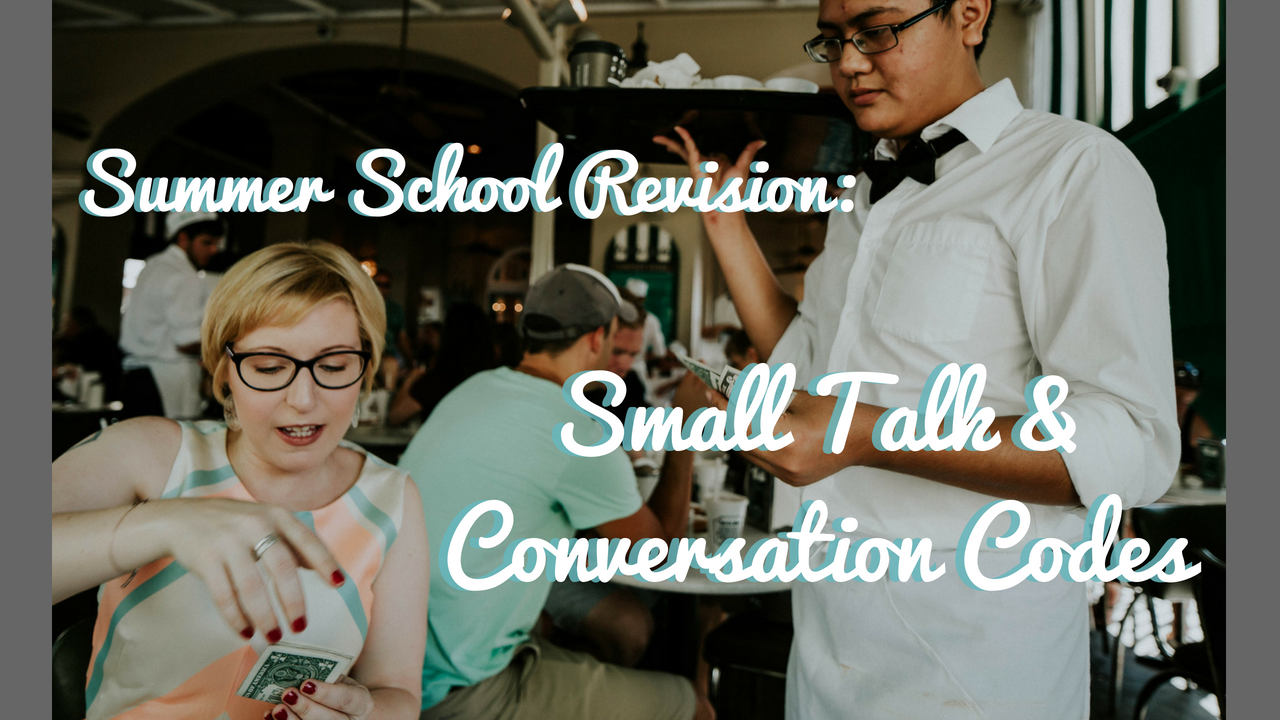
Hi there! I’m your English coach Christina, welcome to Speak English with Christina, where you’ll learn American culture and business know-how to become confident in English.
So you want to cold call a prospect in English. You followed the advice on my previous video about Cold Calls: you’re prepared, you focus on benefits and you focus on getting a first “Yes.”
Unfortunately, that “Yes” sometimes turn into a “No,” and you’re lost!
Today I want to help you handle that rejection better. In a non-pushy way!
Thank you commenter Amit Kumar, with the handle Mitsubishi Hashimoto, for another suggestion!
Let’s go!
1. Embrace the rejection
This is an important first step. Don’t ignore a rejection, don’t try to force your way through your pitch. You’ll sound needy, and that’s a bad sign! Don’t sound disappointed either. Stay neutral, and acknowledge it. It’s a situation where you can still learn a lot!
For example:
“Thank you for being direct! I’d love to know how we could better help. So just to improve, could you tell me your opinion on why you don’t think we can help you?”
2. Tell your prospect they’re free to choose
Tell your prospect they don’t have to listen to you. This is a psychological “trick,” and also the plain truth. You acknowledge their status over you, and it makes you appear less needy and less threatening.
Example:
“Thanks Robert. Sorry if that question was pushy. May I ask what your SEO process is? You don’t have to share, of course, it’s OK if you choose not to. I’m only asking to better understand, not push you.”
3. Give options
Soften a rejection by giving them options! It can work, especially if they know you’re serious and you’ve come prepared.
Example:
“Thank you Colin. So just to be clear, would you like me to explain briefly what we can do for you in 3 minutes, or to call you back at a later time, or to never contact you again?”
4. Don’t ask them to “call you later”
Don’t ask your prospect to, for instance, “call you later if they change their minds.”
Instead, show that you intend to make the most out of the opportunity, and try to get more insight to improve your call.
For example:
“Thanks Mary! When I call you again in a month, what could I research or show you, to convince you that our services can help you improve your sales?”
5. How to better handle soft rejections
Most prospects will not tell you “No” directly. They might say “Yes, but” instead. Like “send some more information first” ! This is less frightening than a direct “No,” but you’ll still never make a sale with that.
Don’t just say “Yes” and hang up! Ask for precisions.
For example:
“OK! Then when I send you the information, how long will you need to make a decision?”
And after they answer, you can already set up a fixed date to call back.
Better yet, you can add “But I don’t want to waste your time, so before I send you the information, I need to ask you just a couple of quick questions.”
And then go on with your best questions that will make you stand out.

And now you’re done!
So remember:
– Acknowledge and embrace the rejection
– Tell them they’re free to choose
– Give options
– Be specific
– Don’t settle for a soft rejection
Now, tell me…
How did you handle your last cold call rejection?
Write your experience down in the comments! It’s a great way to practice, and share with the world!
And to improve your English itself, I want to help you with your mistakes too! That’s why I’ve created a new ebook, “What was that?”: How to correct 50 common mistakes and avoid confusion in American English.”
It includes 50 short, easy-to-learn lessons so you correct your common grammar, vocabulary, pronunciation mistakes. It also includes common idiomatic expressions and American culture do’s and don’ts, helpful quizzes to get you remember what you learn, and so much more!
Click here to get your resource pack right now
Thanks for watching Speak English with Christina, and I’ll see you next time!

More good stuff...
Click the image to learn more







